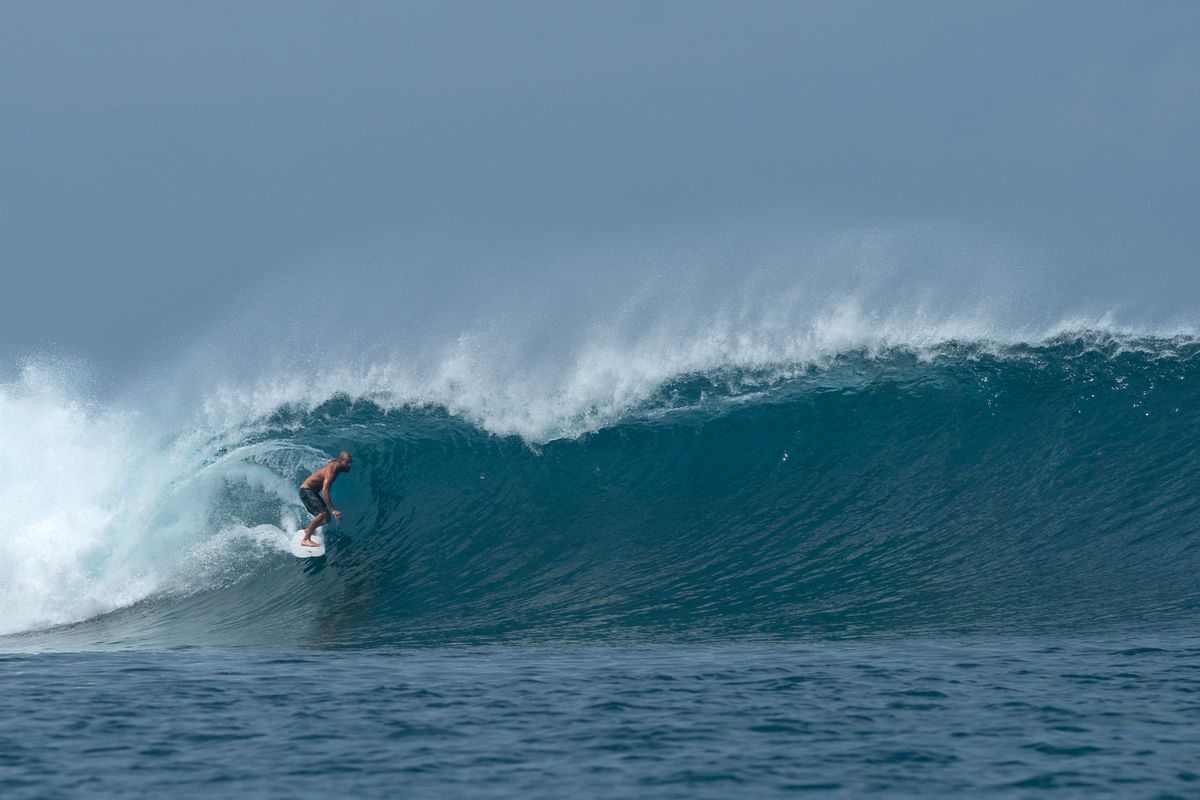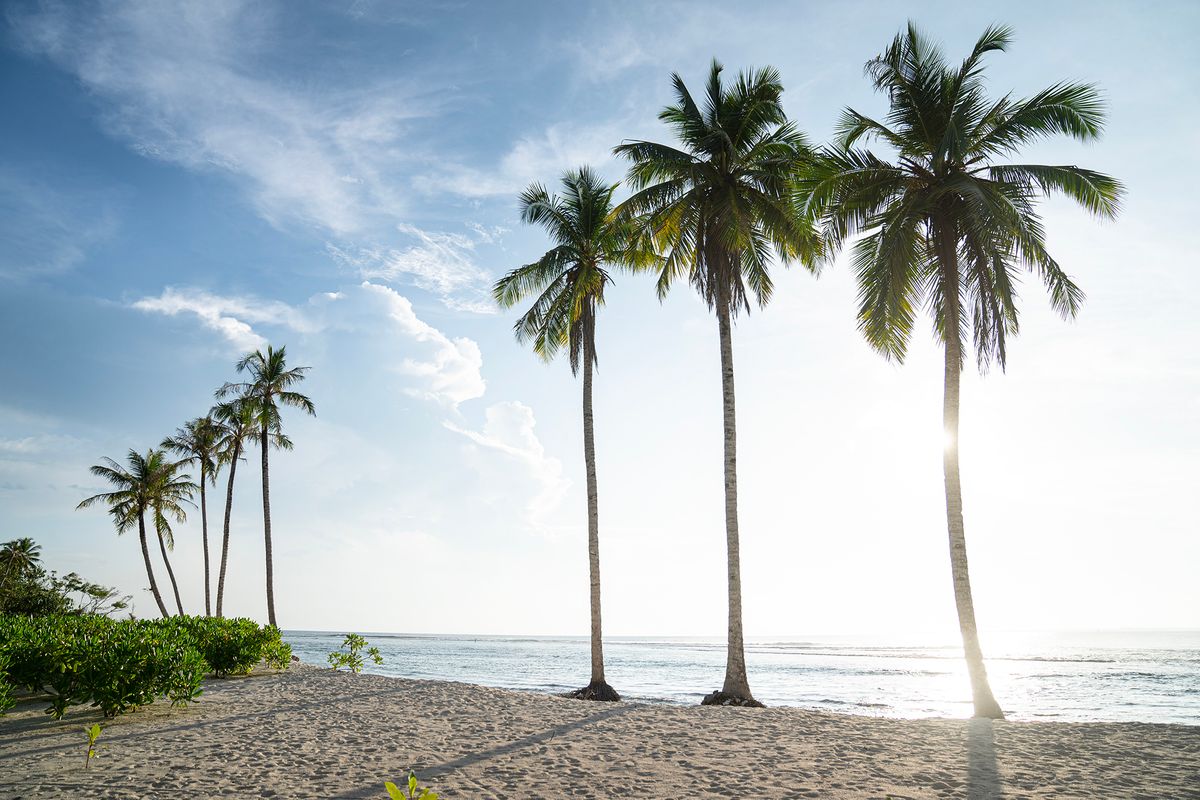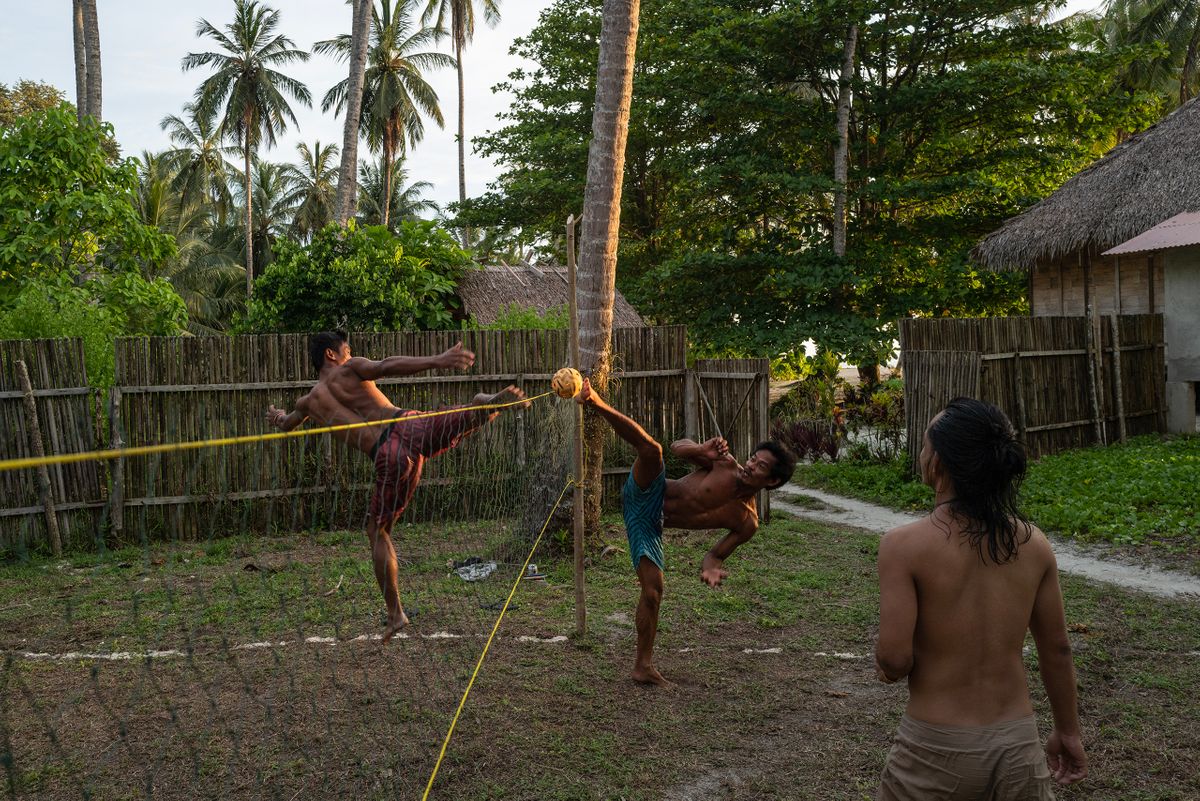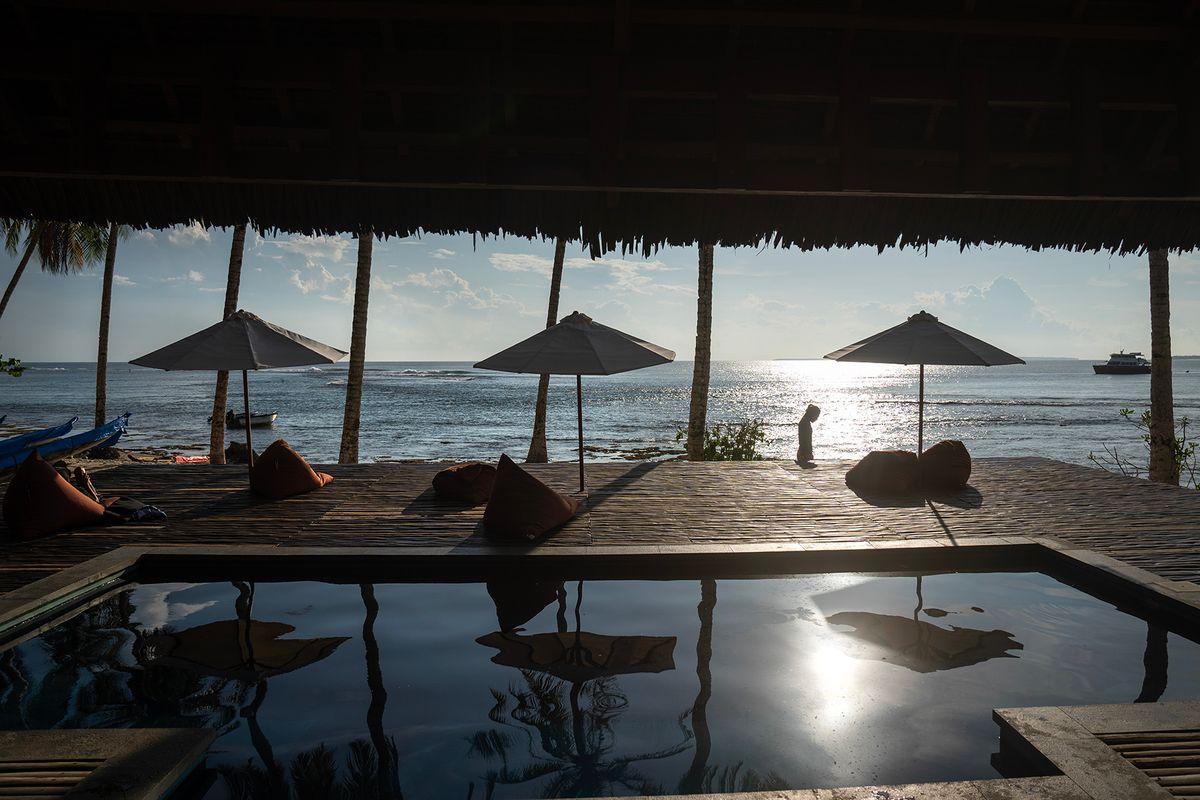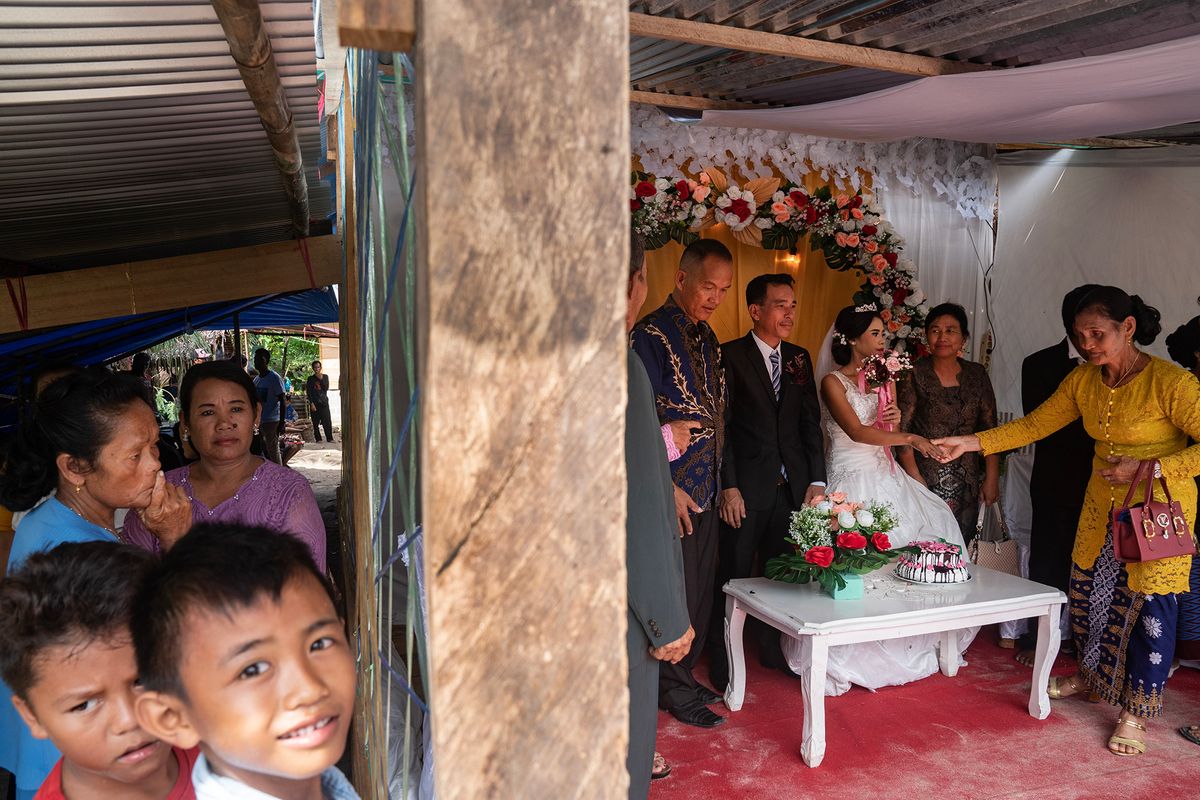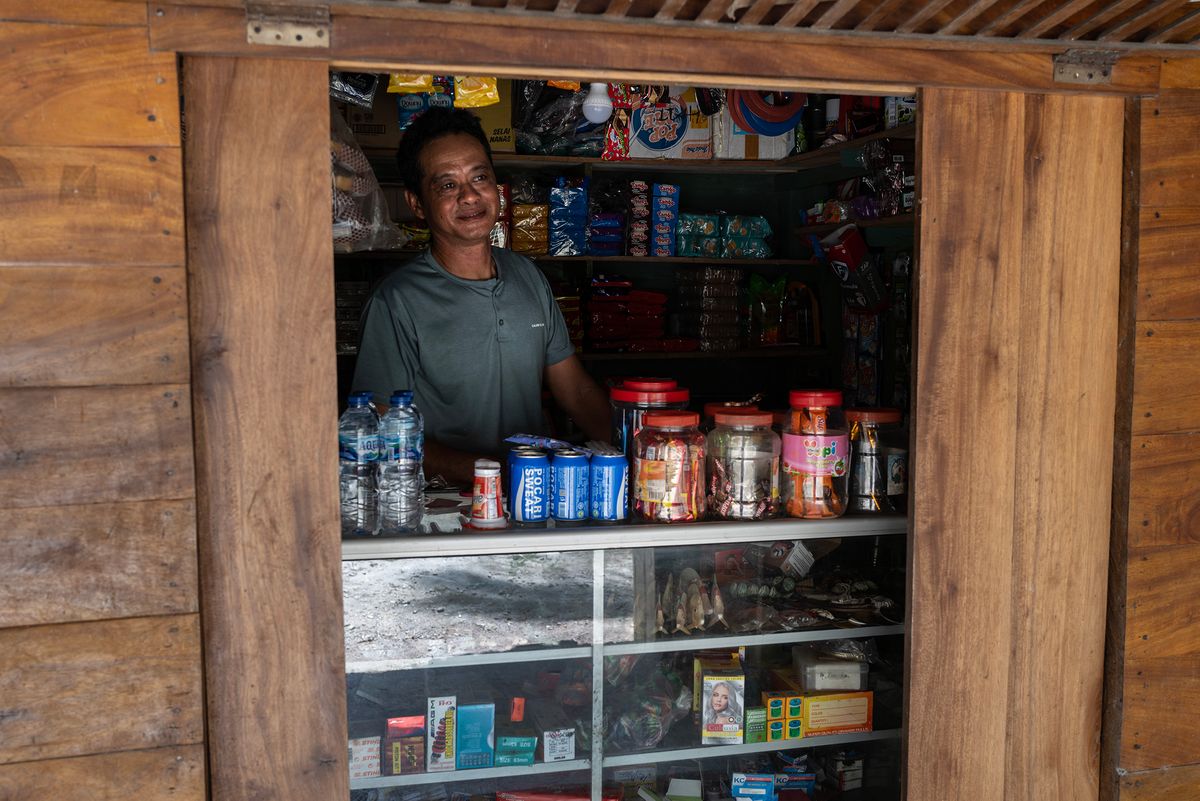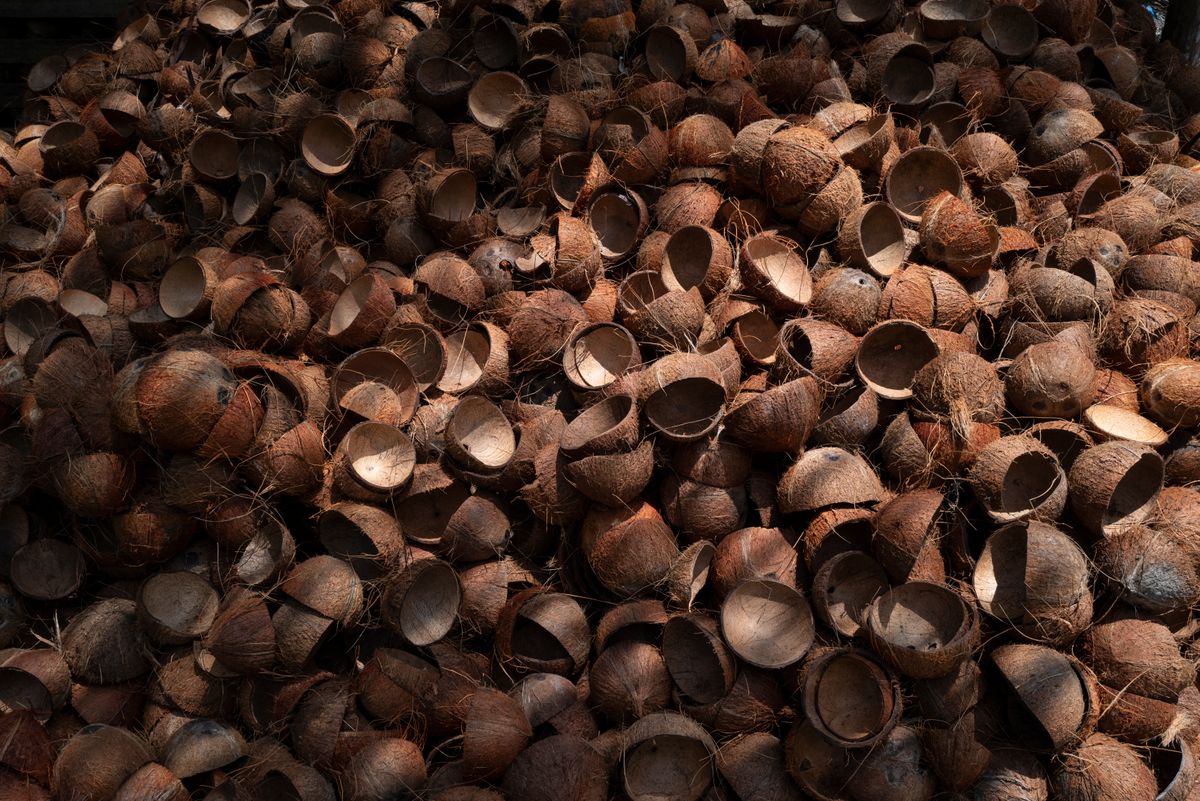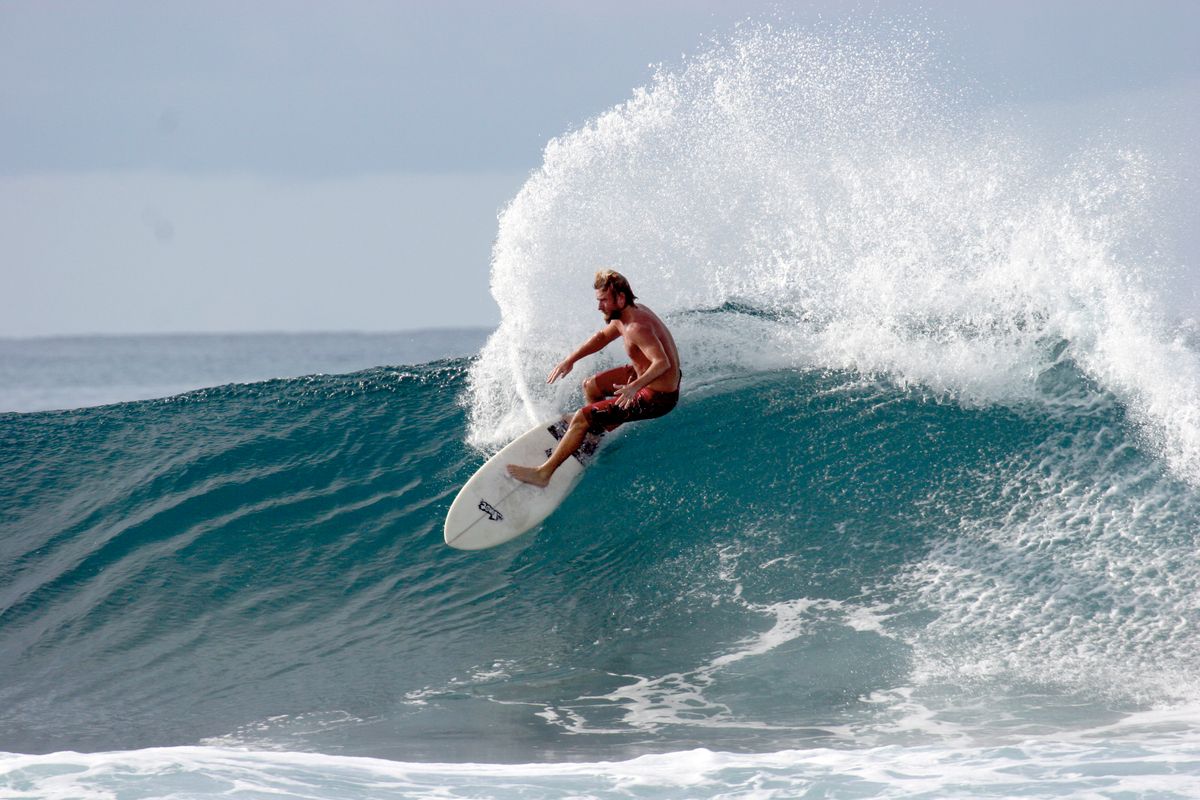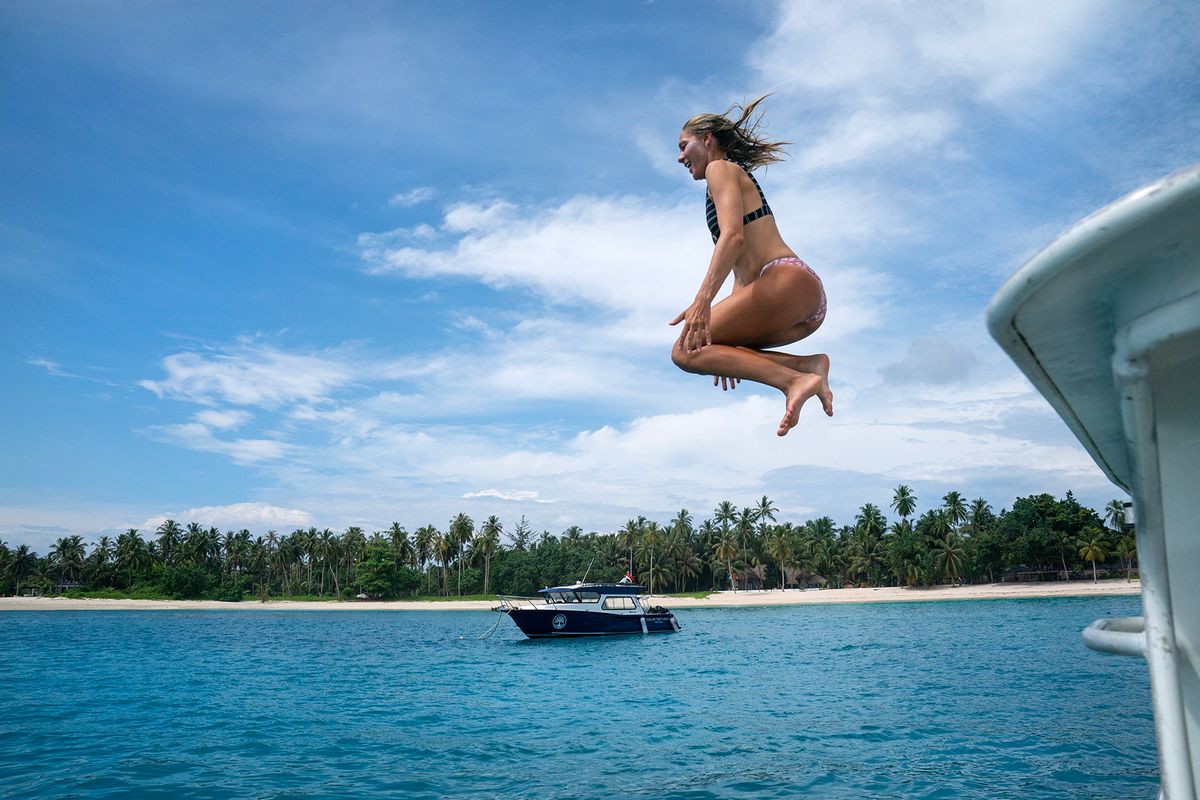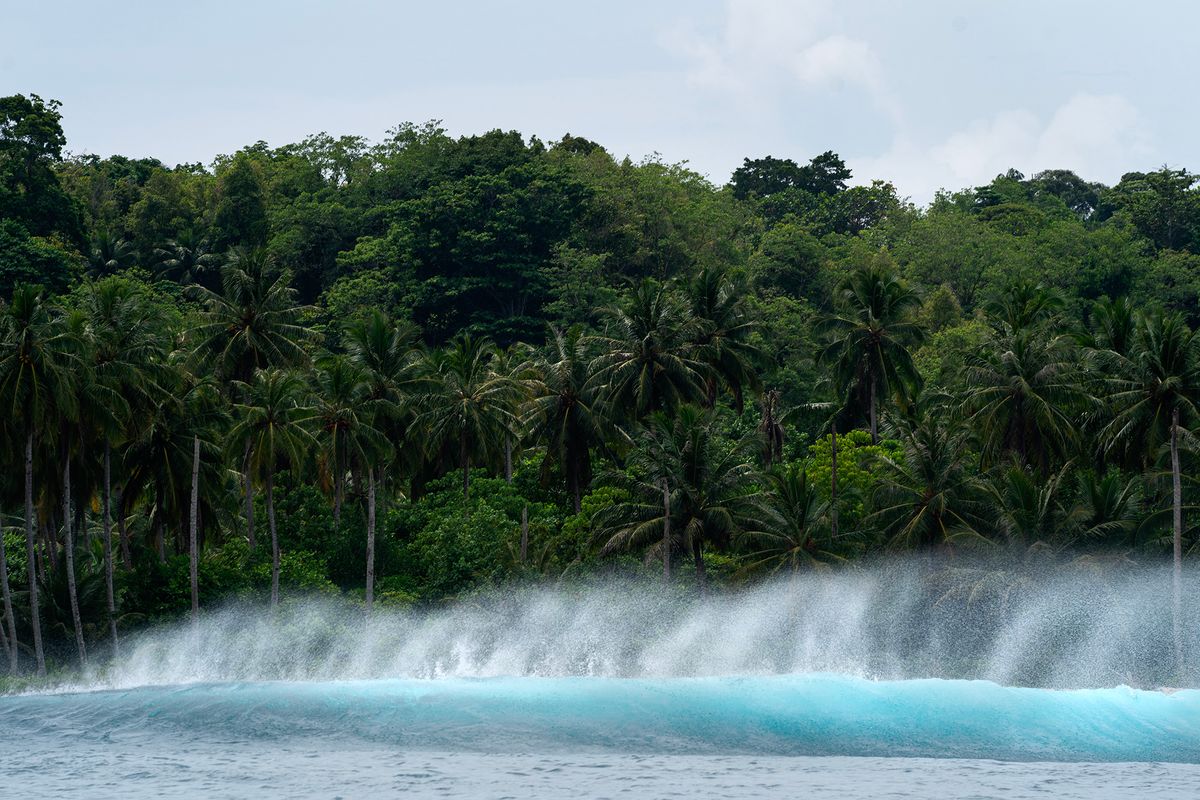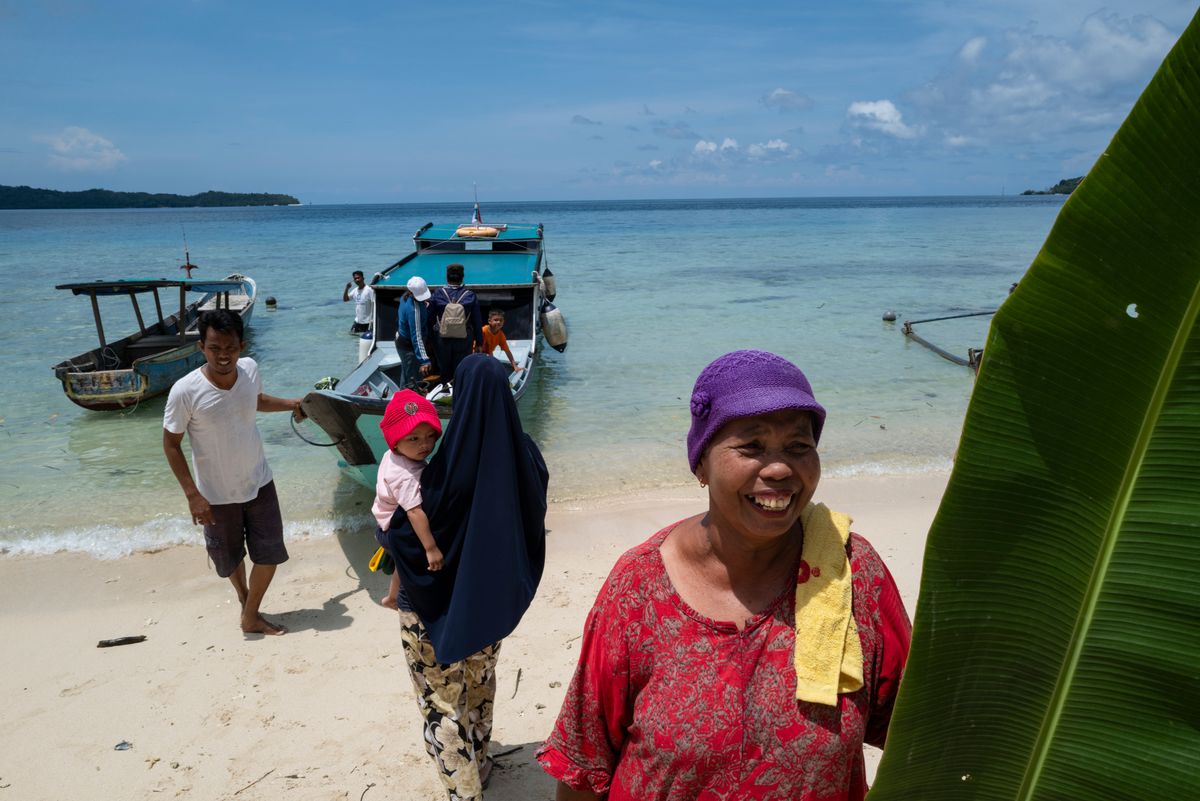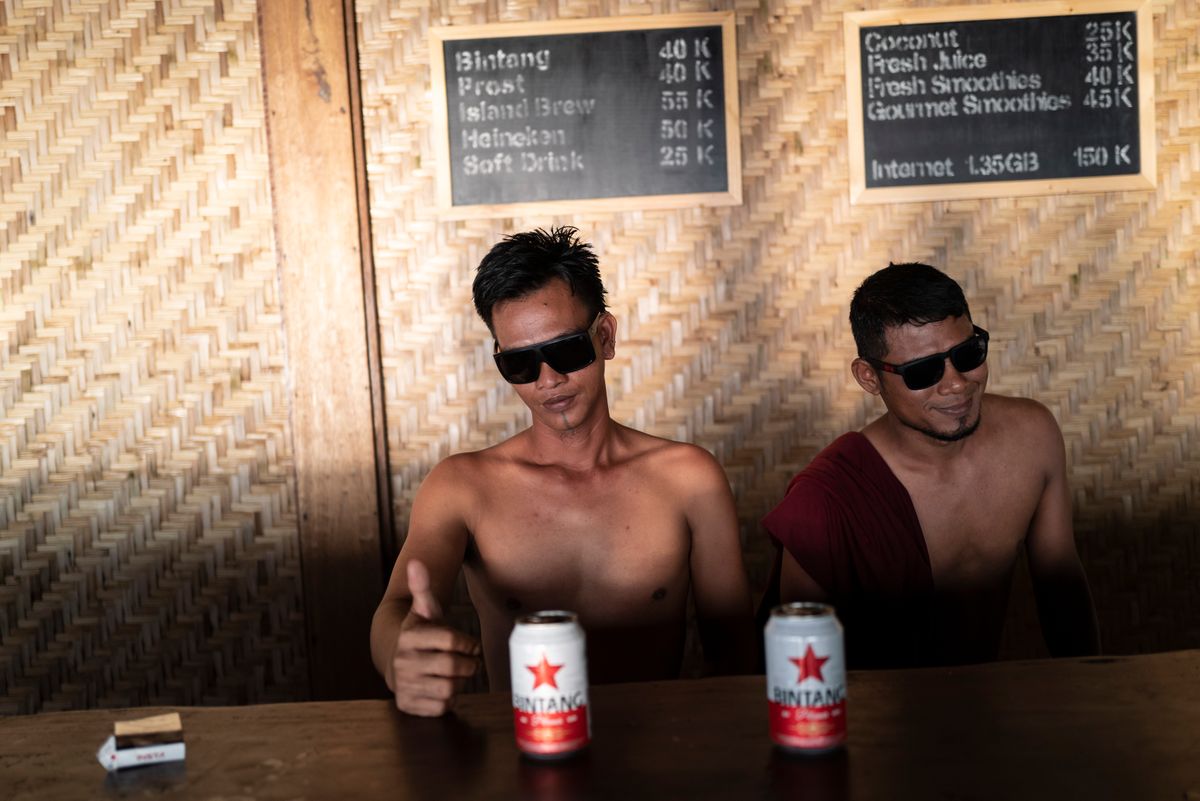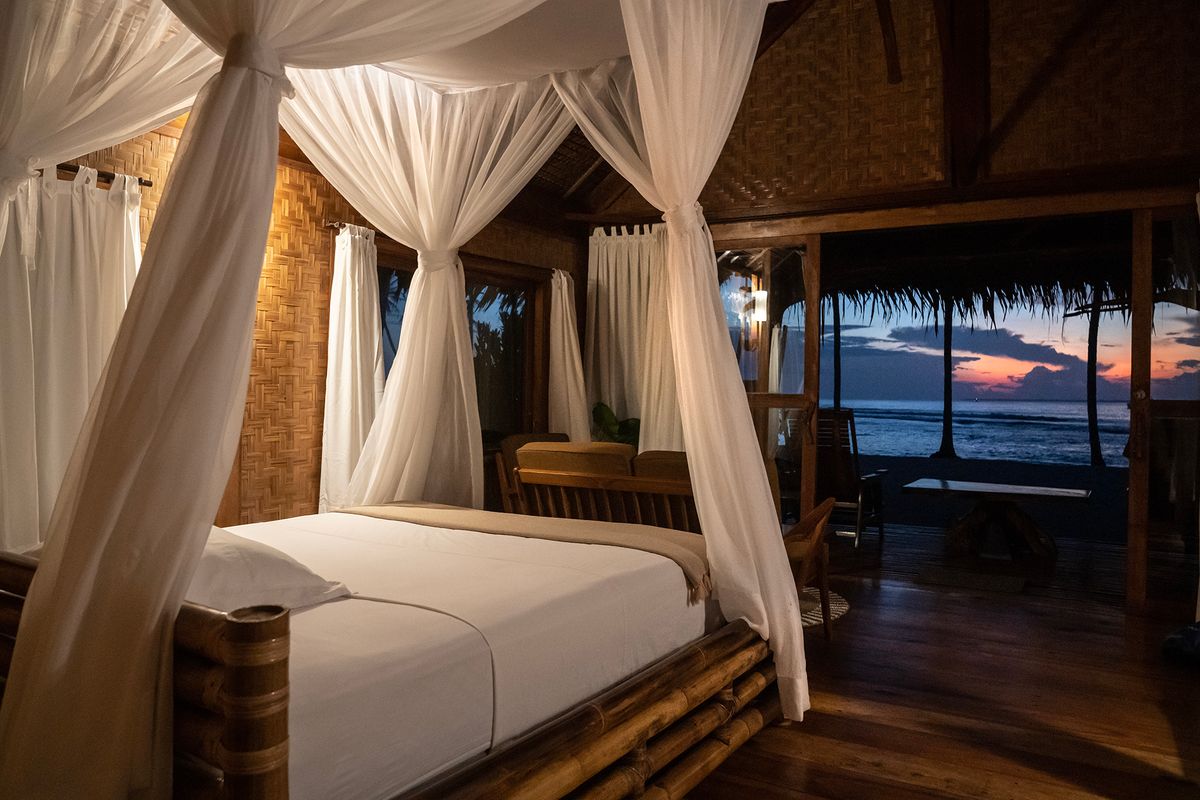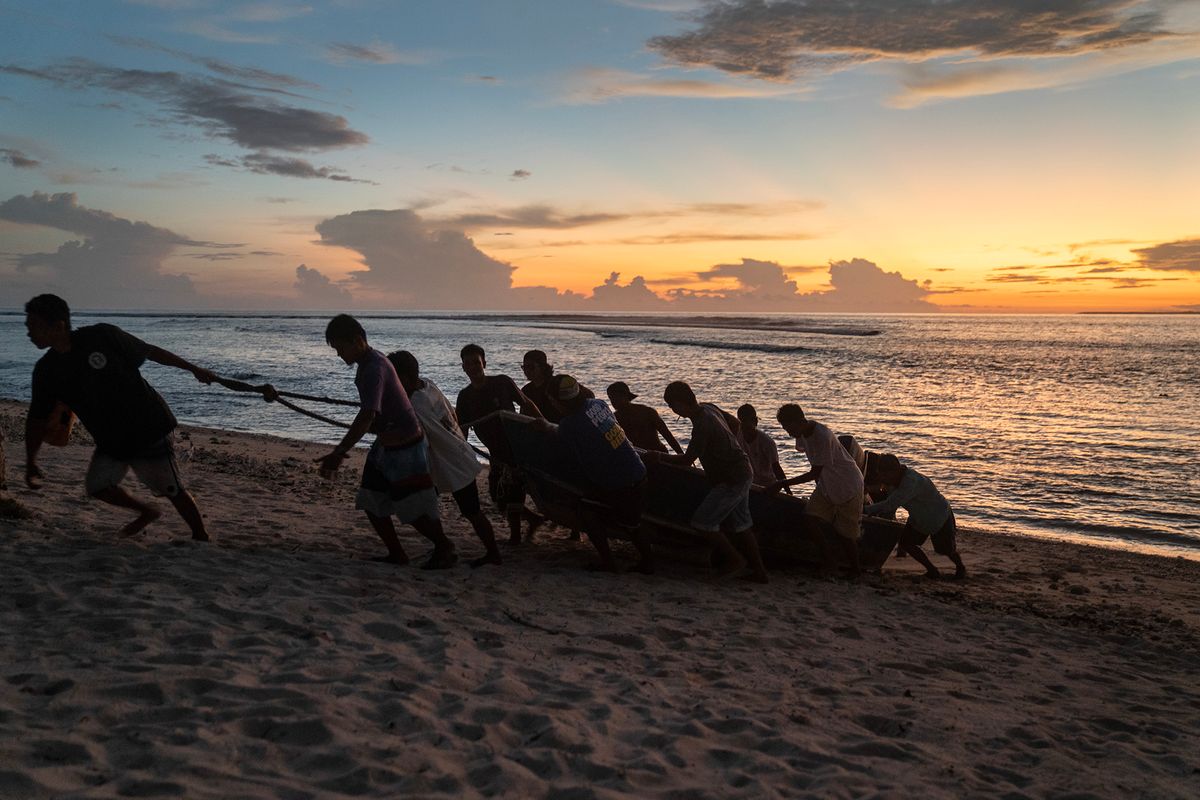Surfing's Shangri La
Are Indonesia's Mentawai Islands, the next Bali?
In 1991, an Australian named Lance Knight came upon a perfect wave. Brushed by gentle offshore winds and gleaming in the afternoon sunshine, the hollow wall of water broke over a shallow coral reef now known to surfers as the “surgeon’s table” for the amount of flesh it has consumed. It was the stuff of teenage daydreams, shaped as if it had been ripped straight from a notebook drawing. As far as anybody knows, no one had ridden it before.
Like the surf across many of the some 17,000 islands that make up Indonesia, the conditions on this remote beach were world-class. But unlike Bali, Java and Nias, Sipura Island was virtually unknown to foreigners.
Located about 90 miles off the coast of West Sumatra, Sipura is part of the Mentawai Islands Regency, a small chain that has achieved mythical status in the surfing community for its abundance of tropical perfection — and the complicated travel logistics required to reach it. As the Mentawais became a surfing destination, the wave Knight discovered became “Lance’s Right,” just one example of the scores of pristine swells tracking east to west out of the Indian Ocean.
For better or for worse, the Mentawais are undergoing a sea change. Locals say the rush was on by 2015. Surf resorts and camps began appearing near all the premier breaks, and now there are more than 50 charter boats ferrying frothing surfers who come from around the world. According to Statistics Indonesia, the number of international tourists to visit the Mentawais steadily grew from 4,120 in 2011 to 6,569 in 2015 to 12,325 in 2018.
